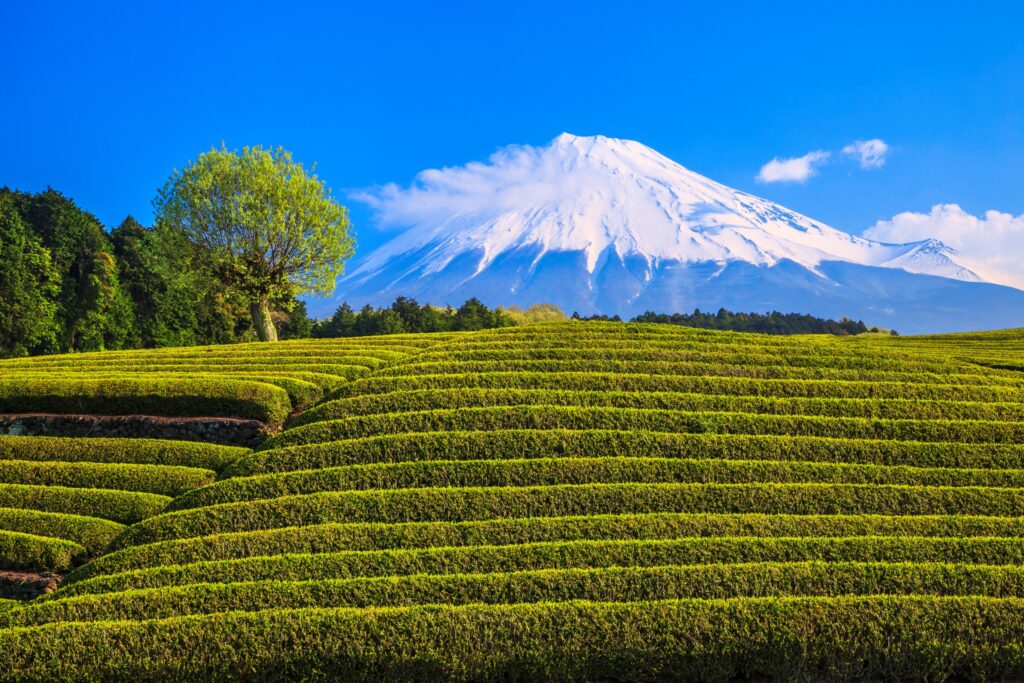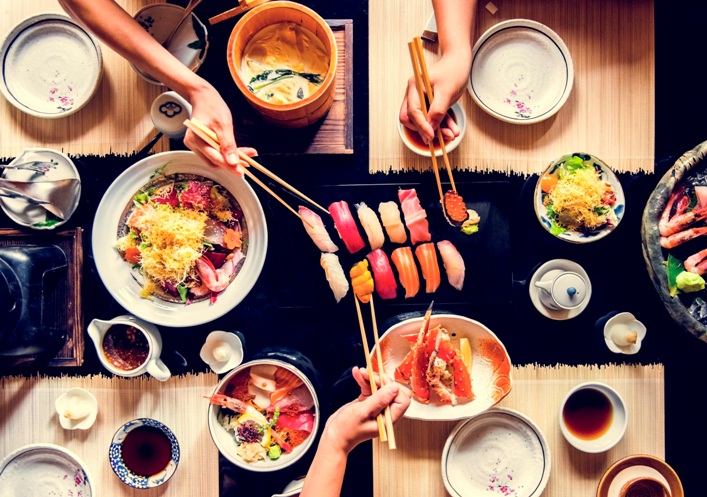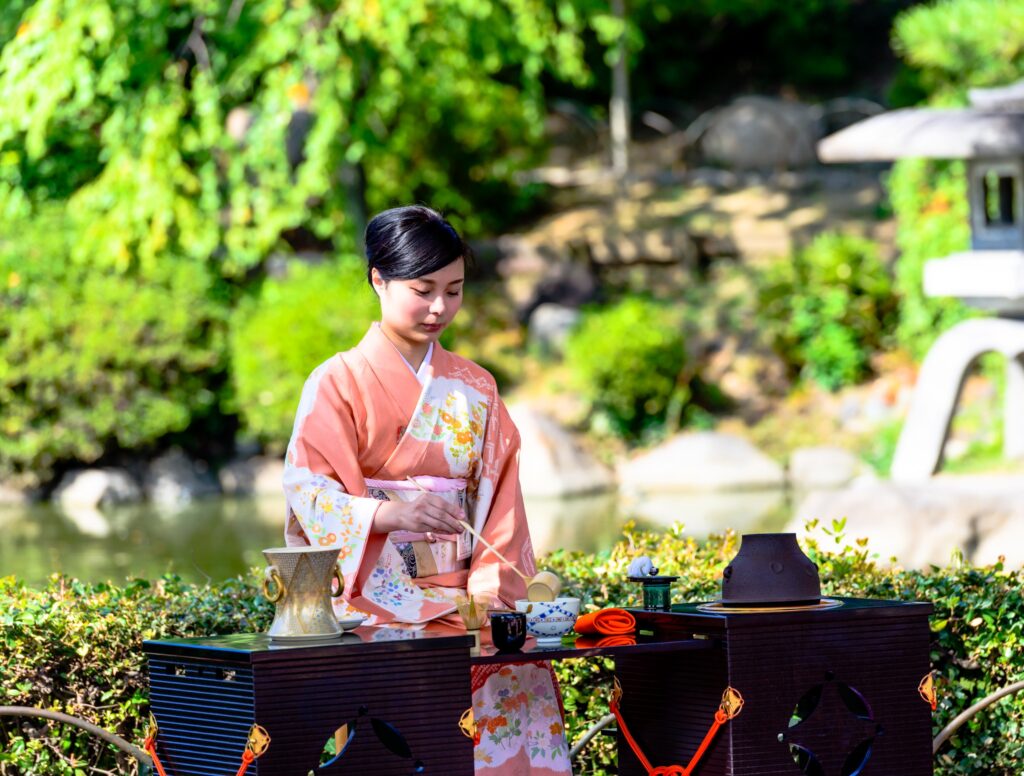Japan, a captivating island nation in East Asia, consisting of four main islands (Honshu, Hokkaido, Kyushu, and Shikoku), is a harmonious blend of ancient traditions and cutting-edge technology. Renowned for its breathtaking natural landscapes, Japan boasts majestic mountains, serene cherry blossom-filled parks, and vibrant coastal areas. The official language of Japan is Japanese. It has a unique writing system consisting of three scripts: Kanji (Chinese characters), Hiragana, and Katakana. While English is not widely spoken, major cities and tourist destinations often have signs and information in English to accommodate visitors.


From the bustling metropolises of Tokyo and Osaka to the serene temples of Kyoto and Nara, Japan offers a fascinating juxtaposition of modernity and history. With a rich cultural heritage, Japan entices visitors with its traditional arts, captivating festivals, and the graceful rituals of tea ceremonies. Delving into Japan’s culinary scene is a delight, with its delectable sushi, soul-warming ramen, and tantalizing street food. Embracing both the tranquility of Zen Buddhism and the excitement of pop culture, Japan invites explorers to immerse themselves in its unique blend of tradition and innovation.
Food: Japanese cuisine is renowned worldwide for its emphasis on fresh ingredients, meticulous preparation, and artistic presentation. Indian visitors might find it interesting to explore the diverse flavors and unique dishes. Some popular Japanese dishes include sushi, sashimi (raw fish), tempura (battered and deep-fried seafood or vegetables), ramen (noodles in savory broth), and yakitori (grilled skewered chicken). Don’t forget to mention the importance of rice in Japanese meals and the tradition of washoku, which refers to the harmony and balance of flavors in a complete meal.


Tea Culture: Tea holds a special place in Japanese culture, and the most well-known tea variety is green tea, especially matcha. The Japanese tea ceremony, known as “sado” or “chado,” is a ritualistic practice centered around the preparation, serving, and consumption of matcha. It embodies harmony, respect, purity, and tranquility. Consider highlighting the significance of tea houses, tea masters, and the meditative experience of participating in a tea ceremony.
Technology and Innovation: Japan is known for its advancements in technology and innovation. It is home to many global technology companies and has made significant contributions in areas such as automobiles, electronics, robotics, and high-speed trains (Shinkansen).
Cultural Traditions: Japan has a rich cultural heritage that is reflected in various traditions and customs. Some notable aspects include:
- Traditional Arts: Japan is renowned for its traditional arts such as Ikebana (flower arrangement), Calligraphy, Origami (paper folding), and Kabuki (traditional theater).
- Festivals: Japanese festivals, known as “matsuri,” are vibrant and colorful celebrations held throughout the year. Mention some popular festivals like Sakura Matsuri (cherry blossom festival), Obon Festival (honoring ancestors), and Gion Matsuri (one of the most famous festivals in Kyoto).
- Traditional Clothing: The kimono is the traditional Japanese garment that is still worn for special occasions and formal events. Explain the different types of kimonos and their significance.
- Zen Buddhism: Zen Buddhism has had a profound influence on Japanese culture. It emphasizes meditation, mindfulness, and the pursuit of enlightenment. You can touch upon Zen gardens, Zen temples, and the concept of mindfulness in daily life.


Pop Culture: Japanese pop culture has gained immense popularity worldwide, including in India. Mention the influence of anime (animated series) and manga (comic books), as well as Japanese video games like Pokémon and Super Mario. Also, highlight the global phenomenon of cosplay (costume play) and the fascination with Japanese fashion trends.


